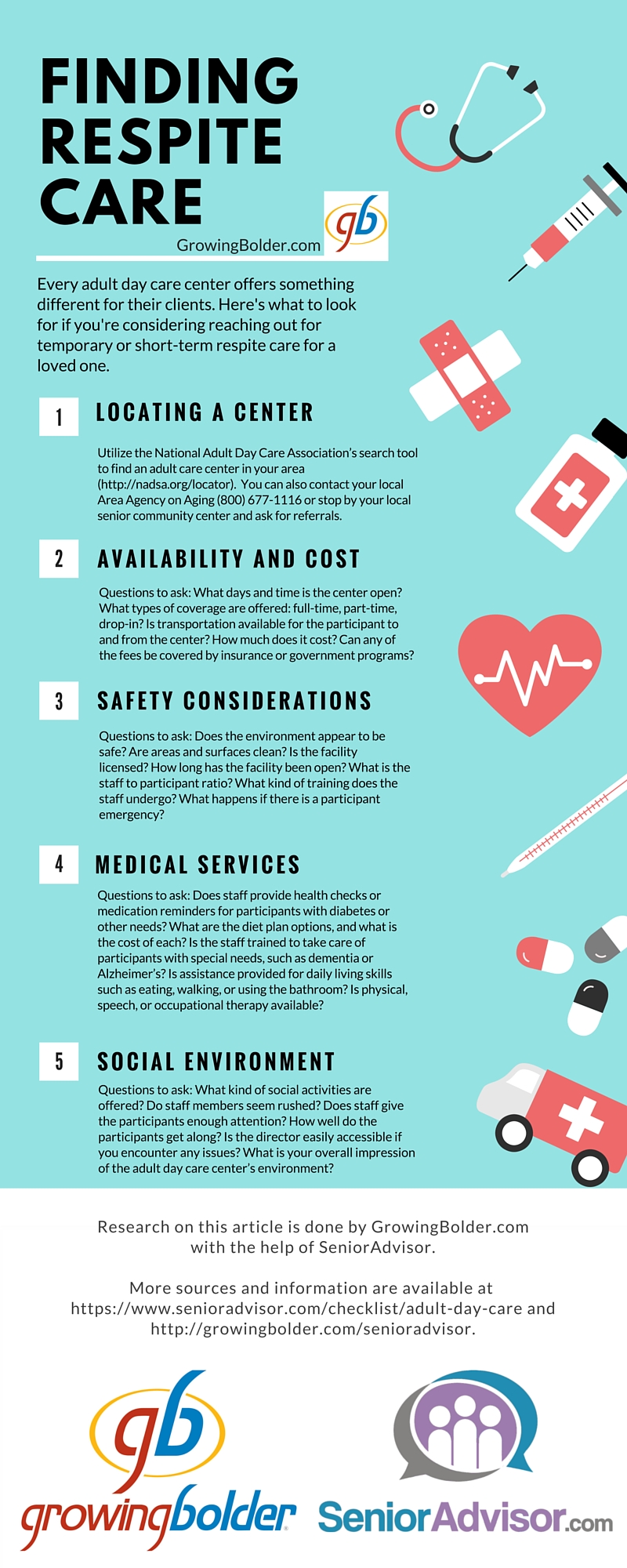This story is sponsored by our partners at SeniorAdvisor. At SeniorAdvisor.com, the mission is to equip families like yours with the best information available so you can make confident choices about senior care and services.
To search for local care centers in your area and learn more about how SeniorAdvisor can make the process easier for your family, visit SeniorAdvisor.com. And for more support and advice for families and caregivers, read the SeniorAdvisor blog here!

We know that caregivers are often the most over-worked, least appreciated among the list of people who jump into action when a loved one is diagnosed with disease, dementia or other aging-related issues. (See our advice on recognizing and treating the signs of caregiver burnout here.)
When faced with daily — often hourly — demands on their time, emotions and finances, these caregivers need to be able to get help and support, but they don’t always require full-time assistance or out-of-home care.
Enter: respite care. It’s short-term assistance, so families can put their loved ones in care that is out of the home, but only for short amounts of time. Not only can it give the caregivers themselves a break, it gives patients a chance to interact with others — something that can be especially helpful and give them a new sense of community.
For adults who are placed in care, the other benefits may include improved mental stability, increased self-esteem, increased verbal skills and prevention of secondary disabilities that may be caused due to a low level or lack of activity at home.
So, what should you look for when searching for respite care resources? Our partners at SeniorAdvisor have a great checklist (which you can also download here):

More reading:

